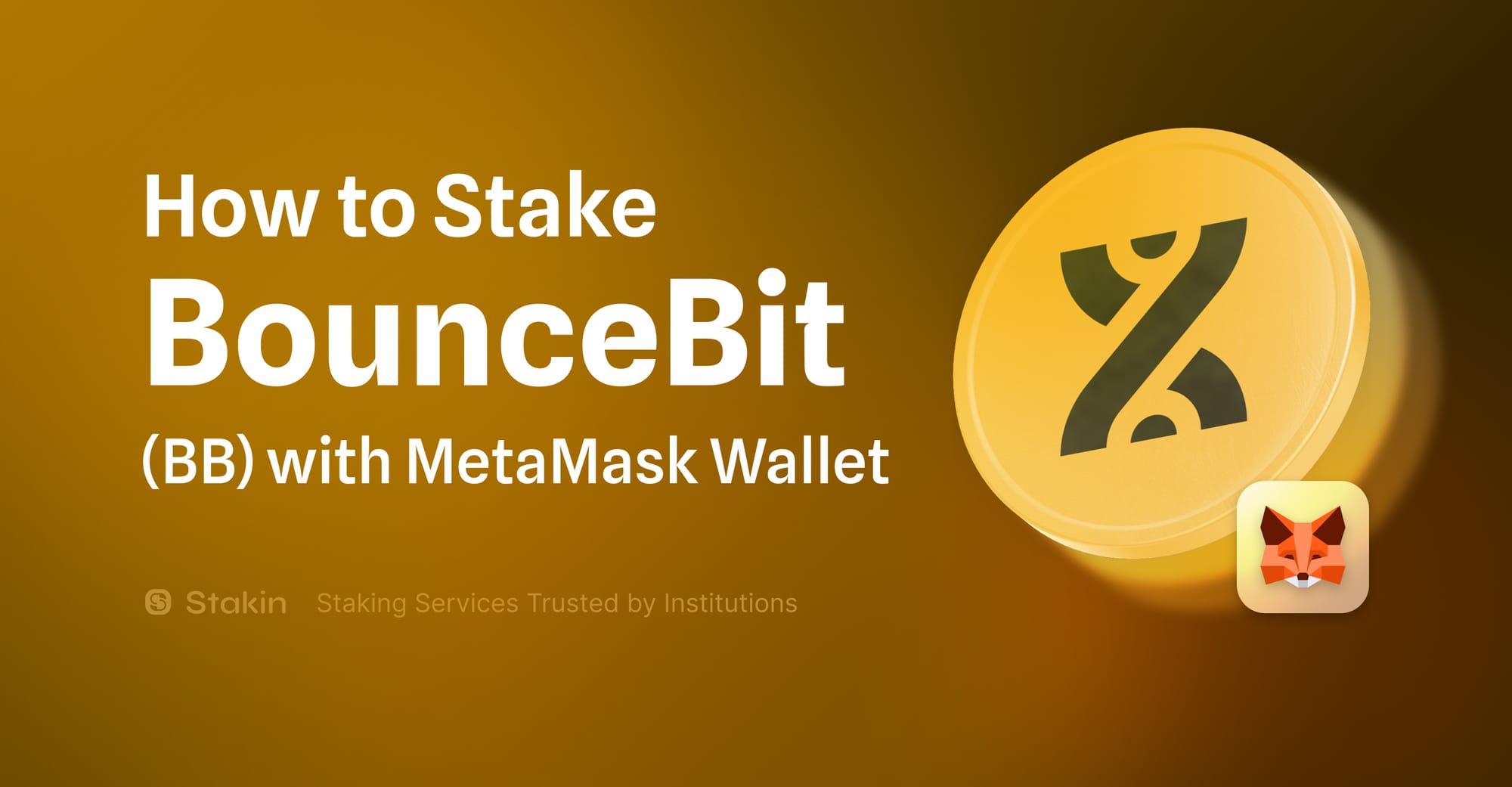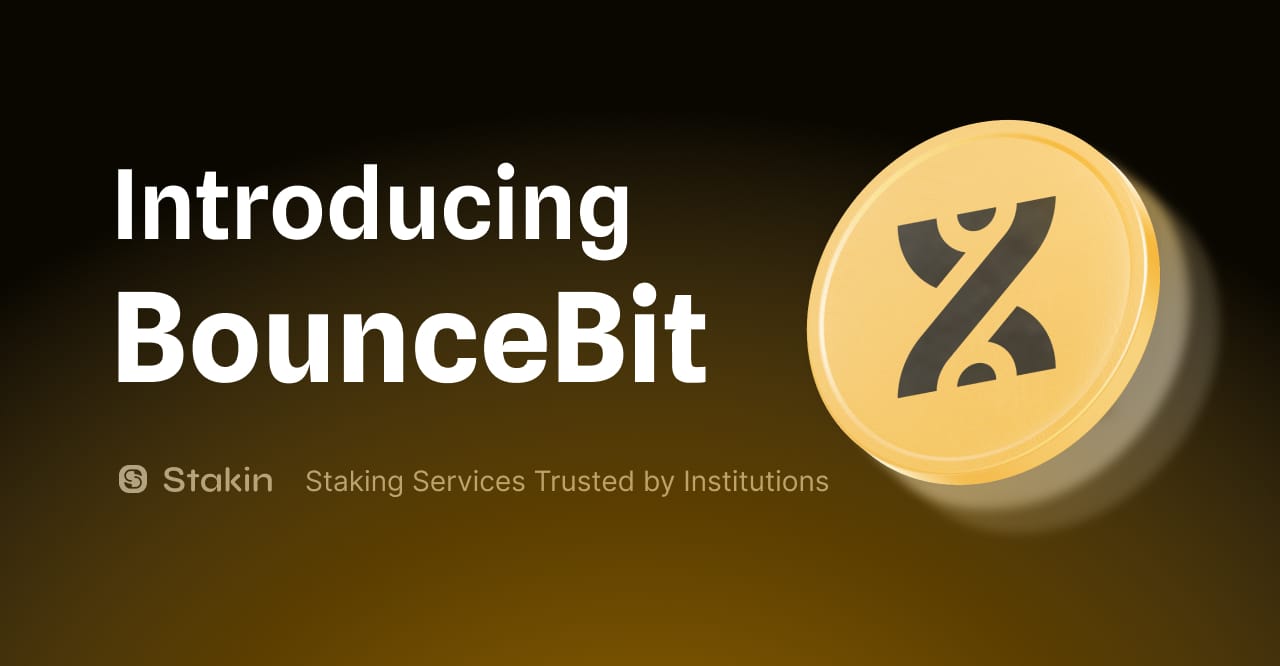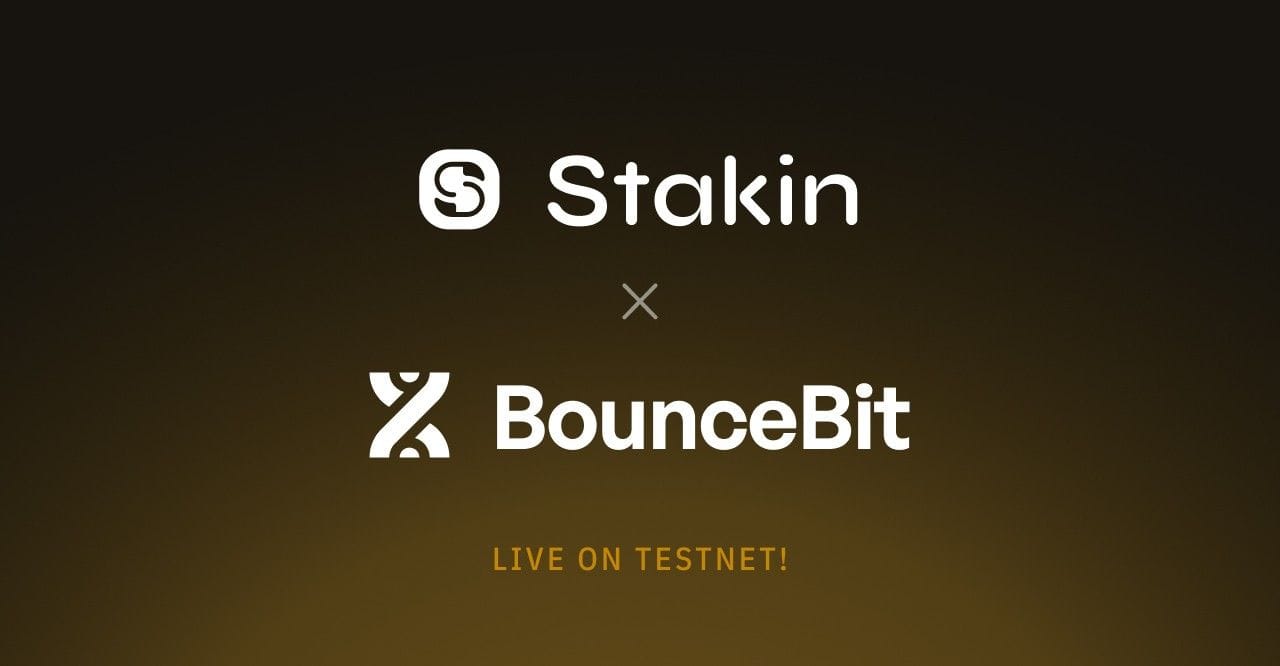Bitcoin has gone a long way from trustless money transfers.
Some of the smartest minds are pushing Bitcoin toward a more useful, capital-efficient, and programmable future. Different properties of Bitcoin, such as composability, speed, privacy, and decentralization are being explored.
The world’s largest institutions also offer BTC ETFs to provide regulated institutional investors with exposure to BTC. A new generation of builders is finding unique ways to utilize Bitcoin blockspace, with innovations such as Ordinals, NFTs, BRC-20, and even decentralized domain name services (Namecoin).
One of the novel uses of Bitcoin is as a staking asset and the potential is immense. So far, this domain hasn’t been sufficiently explored due to several reasons. One is the inherent conservatism of Bitcoin holders. Another reason is security risks related to the method used to integrate Bitcoin with PoS chains. For example, the security risk is minimal if a smart contract only time-locks your Bitcoin on the Bitcoin network. But if a smart contract allows slashing your BTC locked in the contract triggered by events from a PoS chain, there are now more points of security vulnerability.
In this article will explore the main Bitcoin staking protocols at the moment and elaborate on each one's approach to using Bitcoin to secure PoS networks.
Babylon
Babylon enabled Bitcoin staking by developing a minimalistic Bitcoin staking contract on the Bitcoin chain, similar to how smart contracts reside on other blockchains. Therefore, a user is not required to send his bitcoins to any third-party Bitcoin address or bridge/wrap his bitcoins to another blockchain.
To do so, Babylon’s Bitcoin staking service relies on a key feature on the Bitcoin blockchain called Bitcoin stamping.
Timestamping on Bitcoin was proposed to protect Proof-of-Work (PoW) based ledgers against 51% attacks. A timestamp on the blockchain pinpoints when a specific transaction or event occurred, ensuring that transactions are recorded in the sequence in which they occurred.
Babylon uses Bitcoin’s blockchain timestamps to identify the canonical chain. The earliest timestamped last block of an epoch dictates the main chain. The Babylon protocol includes Bitcoin as the timestamping service, the Babylon blockchain as the checkpoint aggregation and data availability service, and other PoS blockchains as the consumers of security. Babylon's Bitcoin staking protocol therefore allows Bitcoin holders to stake their Bitcoin to secure PoS blockchains without needing any third-party custody/bridge/wrapping while enabling fully slashable PoS security.
Beginning as a testnet participant and then an investor, Stakin is now participating in Babylon Bitcoin Staking Testnet-4.
BounceBit
BounceBit is building a BTC restaking infrastructure that provides a foundational layer for different restaking products, secured by the regulated custody of Mainnet Digital (a premier asset management and fintech platform) and Ceffu (a secure environment for storing digital currencies for institutional entities).
BounceBit supports the seamless transition of native BTC into more agile forms such as BTCB on the BNB chain and Wrapped Bitcoin (WBTC). Bouncebit users can deposit their BTC into a secure custody service accessible through the EVM network, enabling the bridging of these assets onto the BounceBit platform. As a result, BounceBit users accrue on-chain yields without directly interacting with the Bitcoin main chain. This means that, in effect, BounceBit is taking a Layer 1 PoS approach.
BounceBit’s core innovation is its dual-token staking model. This means that BounceBit validators such as Stakin are required to stake both native BounceBit tokens (BB) and BTC, establishing a dual-token security system that not only strengthens the network but also enhances BTC's intrinsic value by enabling its active role in network validation.
Stroom
Stroom DAO is a liquid staking derivative protocol for the Bitcoin Lightning Network, which operates on EVM-based blockchains like Ethereum. By utilizing Stroom, users can earn revenue from the Lightning Network without locking up their BTC or maintaining node infrastructure on their own.
Stroom Network addresses an important limitation of Bitcoin's Proof-of-Work (PoW) consensus mechanism: its inability to offer staking rewards. By introducing liquid staking, Stroom allows Bitcoin holders to earn passive income on their holdings, similar to stakers on Proof-of-Stake (PoS) blockchains.
To participate, users can deposit their BTC into the Stroom DAO treasury and, in return, receive wrapped tokens such as stBTC and bstBTC on EVM-based blockchains. These tokens are composable within the broader DeFi ecosystem on Ethereum, similar to other Ethereum assets such as Lido Finance’s stETH. The Stroom DAO handles the automatic processing of Bitcoin deposits into Lightning Network channels and the distribution of user rewards.
Stroom-enabled Lightning Network hubs cannot access the Bitcoin held in their channels. These hubs connected to a multi-sig federation system managed by validators, such as Stakin.
Botanix
Botanix is a Layer 2 protocol that leverages Bitcoin's Proof-of-Work (PoW) as a Layer 1 for base settlement and decentralization. To do so, Botanix will use a Proof-of-Stake consensus model, where the stakes (represented by Bitcoin) are stored on the Spiderchain, a distributed network of decentralized multisigs safeguarded by a randomized subset of participants.
Most projects which self-describe as Bitcoin “Layer 2” solutions, are effectively centralized sidechains controlled by a single multi-sig. In comparison, Spiderchain runs entirely on Bitcoin, which means it uses BTC as its native asset and the EVM as its software layer in a decentralized network of multi-sigs where any node can participate as a key holder. This makes Botanix a truly decentralized Bitcoin staking protocol.
Spiderchain is set to launch in the upcoming weeks. As per Botanix Labs, the testnet has accrued more than 200,000 active addresses, 10,000 “experimental” token launches, and several decentralized applications.
Final thoughts
The future of Bitcoin has never been more exciting.
Different protocols explore different approaches intended to make Bitcoin staking more decentralized and more secure at the same time. Babylon enables BTC staking without bridging and wrapping, while Stroom lets users earn revenue from the Lightning Network without the need to lock up their BTC or maintain their node infrastructure.
If we consider the exponential growth and popularity of liquid staking on Ethereum, then we can safely conclude that BTC staking will also unlock tremendous opportunities for the largest, most decentralized, and most secure blockchain network.



